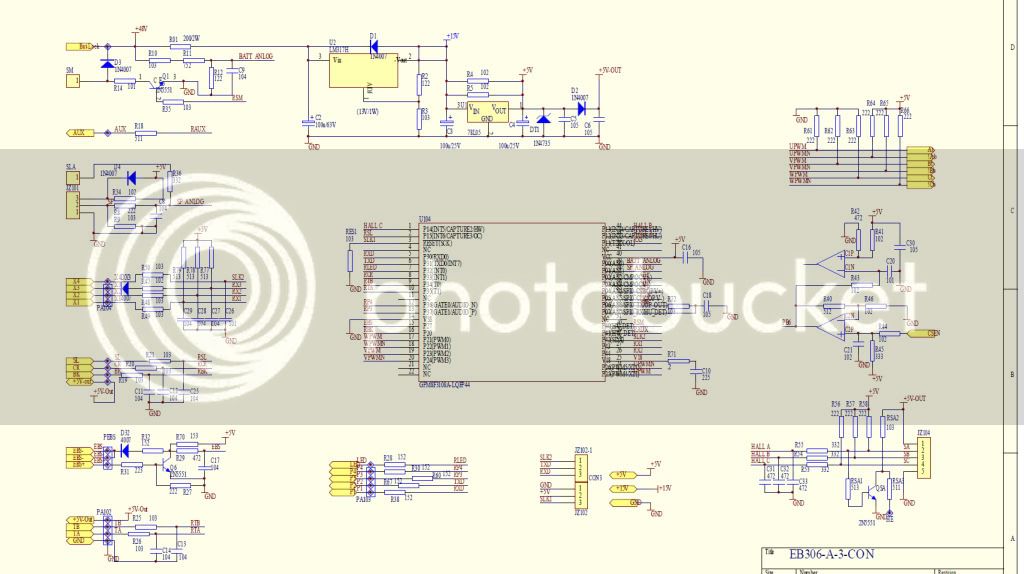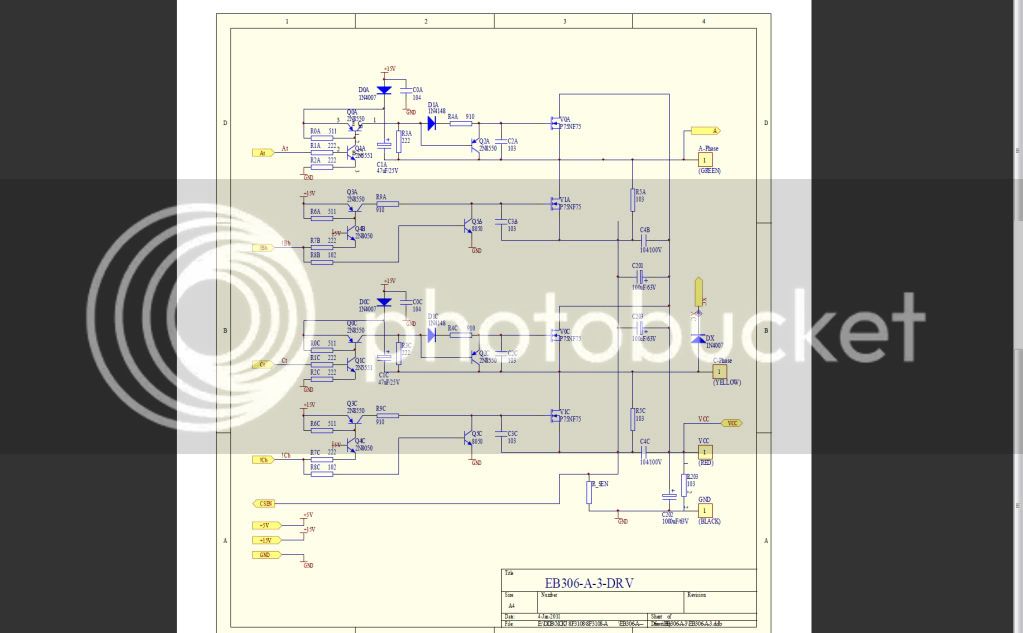MitchJi
10 MW
Hi,
How difficult would it be and how beneficial would it be to add the capability of accepting input from sin/cos sensors, in addition to hall sensors? Seems like a good match for this project because the sin/cos sensors work better at low speed:
http://endless-sphere.com/forums/viewtopic.php?f=28&t=34628&p=503866
How difficult would it be and how beneficial would it be to add the capability of accepting input from sin/cos sensors, in addition to hall sensors? Seems like a good match for this project because the sin/cos sensors work better at low speed:
http://endless-sphere.com/forums/viewtopic.php?f=28&t=34628&p=503866
liveforphysics said:bigmoose said:Two nice things about the sin/cos sensor:
- It get the position sensing element out of the stator heat flux
- It allows precise timing advance with the right controller just like a timing map in an IC ECM
Yes sir it does. We did it mainly for the heat reason you mentioned, as hall melting failure was our demise at the last race event, as well as a previous race.
The second reason you mentioned wasn't really something we were needing for this application, but WOW! It just make it silky smooth, no more chug-chug-chug at low RPM's as each hall sensor latches and tells the fets to switch the next coil on, it's just silky now, you can make the motor spin so slowly you can barely see it moving at all, and it's just perfectly smooth with no torque ripple noticed at all now. Really feels like electric power should feel at all RPM's rather than little bumps of torque pulses when you're at low speeds.
It's fun having this much torque too, I just nosed the front wheel up to a staircase outside a strip mall, and in a very slow controlled calm way, just torqued up the 10 stairs or so and rode along the sidewalk path at the top. It felt even easier than walking up stairs, though the seat does kinda smash into your ass as the rear tire goes over each step. I don't know that it would have been possible to do it so effortlessly on hall sensors.



